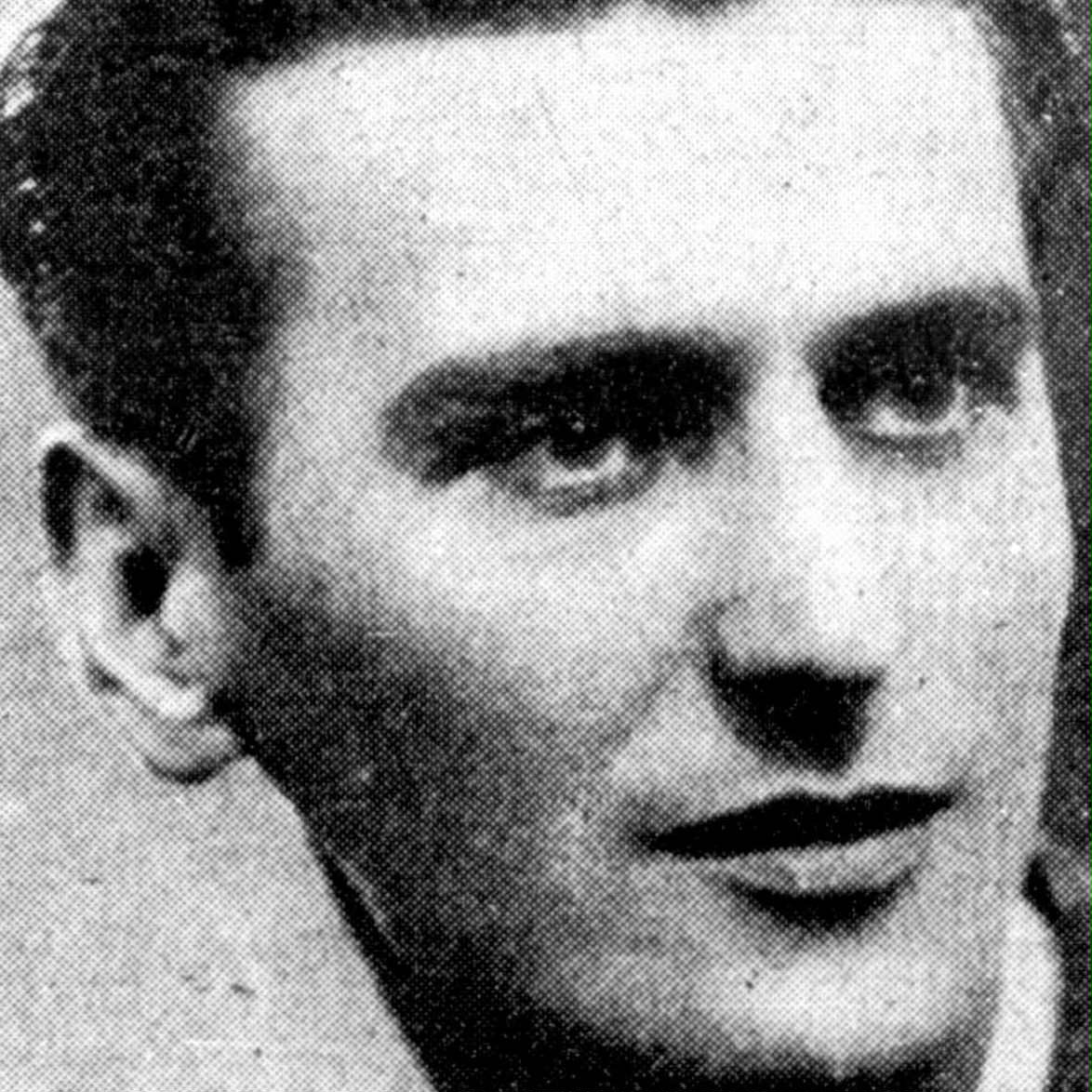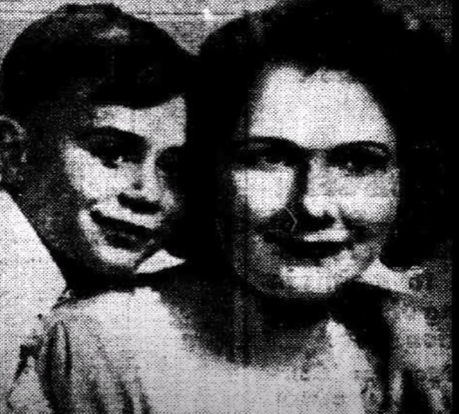
1924 - 1953
Ioan Balaban
Summary
Name:
Nickname:
John / JoanYears Active:
1948 - 1953Birth:
April 13, 1924Status:
ExecutedClass:
Serial KillerVictims:
5Method:
Strangulation / Hitting with hammer / BatteringDeath:
August 26, 1953Nationality:
Australia
1924 - 1953
Ioan Balaban
Summary: Serial Killer
Name:
Ioan BalabanNickname:
John / JoanStatus:
ExecutedVictims:
5Method:
Strangulation / Hitting with hammer / BatteringNationality:
AustraliaBirth:
April 13, 1924Death:
August 26, 1953Years Active:
1948 - 1953Date Convicted:
July 29, 1953bio
Ioan Balaban was born on April 13, 1924, in Nădab, Arad County, in the western part of Romania. His early life was shaped by domestic strife and instability. According to his own later accounts, his father was a violent alcoholic who ultimately died by suicide, hanging himself—a trauma that may have left a lasting psychological impact on the young Ioan. His parents’ separation and the harsh environment of post-war Romania set the stage for a life defined by restlessness and alienation.
In the 1940s, Balaban pursued an academic path, earning a degree in physics and metallurgy. Around the same period, he developed a fascination with philosophy and declared himself an atheist, though he paradoxically claimed that a vision of God instructed him to follow only his conscience. His mental health had come into question as early as 1946, when he was institutionalized in Cluj for three weeks after a confrontation with Communist party members. Diagnosed with mental disturbance, he nonetheless managed to function outwardly in society.
Balaban served nine months in the Romanian army but fled the country in 1947 amidst the increasing Soviet control over Eastern Europe. He resettled in France, where he lived a transient life. In February 1948, while in Paris, he murdered a 32-year-old Polish chemist, Riva Kwas. He confessed years later that he strangled her in a fit of rage after she rejected his sexual advances. He fled France shortly after the killing and was not apprehended for this crime until years later when he confessed from death row in Australia.
In January 1951, Balaban immigrated to Australia aboard the Hellenic Prince, part of a post-war wave of displaced persons. His arrival was marked by conflict; he was involved in an altercation with a migration officer and was confined aboard the ship. Once in Australia, he drifted between jobs including welding, grape-picking, and laboring, unable to secure a position in his field of study.
He met Thelma Cadd, a divorced café owner with a young son, and they married in September 1952. The marriage quickly deteriorated, and by December they had separated. Balaban blamed his mother-in-law, Susan Ackland, for meddling in the relationship. He exhibited signs of growing instability, and by early 1953 he was under suspicion in the brutal killing of another woman—Zora Kusic. Though arrested and charged, he was released after a magistrate deemed the evidence insufficient. Balaban wept upon his release, telling reporters he felt "born again" and hoped to write a book about his life.
murder story
On the night of February 22, 1948, Ioan Balaban murdered Riva Kwas, a 32-year-old Polish woman, in her apartment in the Auteuil district of Paris. Kwas worked as a chemist, and her body was found five days later. According to Balaban's confession, he strangled her in a fit of rage because she refused to have sex with him. He claimed he didn't intend to kill her but felt compelled to do so. After the murder, Balaban changed his residence and left France.
The murder remained unsolved until Balaban was detained in Australia for other crimes. In April 1953, Adelaide police informed Alexander Duncan, the Chief Commissioner of Victorian Police, that Balaban had confessed to murdering Kwas. Interpol confirmed the details of the crime with the French authorities. In August 1953, Balaban made a written confession from his prison cell in Adelaide, providing specific details about the murder.
Balaban arrived in Australia in January 1951 aboard the Hellenic Prince. His occupation was listed as a chemist, and he was part of a large group of post-war immigrants. During the voyage, he got into a fight with a migration official and was locked up in the ship's cells. By November 1951, Balaban was living in Adelaide, working various jobs like grape-picking, oxy-welding, and laboring.

Balaban met Thelma Cadd, a divorced woman who owned a café in Adelaide. They married on September 27, 1952, but the marriage quickly fell apart. By December 1952, they had separated, and Balaban blamed Thelma's mother, Susan Ackland, for interfering.
On December 5, 1952, the mutilated body of Zora Kusic, a 29-year-old Yugoslav migrant, was found in her shack behind a boarding house in Torrensville. The next day, police questioned Balaban after finding newspapers about the murder in his room. Although he initially denied knowing Kusic, he later admitted meeting her but claimed he didn’t go to her room. A few days later, he was arrested and charged with her murder.
In January 1953, a hearing was held for the charge of murdering Kusic. The evidence was insufficient, and Balaban was discharged. However, after his later arrest, he confessed to Kusic's murder, admitting he killed her because she asked for money in exchange for sex, which angered him.
On April 11, 1953, Balaban went on a violent rampage along the River Torrens in Adelaide. He attacked several people with an iron bar before returning to his wife's café. Early the next morning, he decided to kill his wife, blaming her for his troubles. He grabbed a hammer and killed Thelma, then attacked Susan Ackland and Thelma's young son, Phillip. He also attacked a café employee, Verna Manie, who managed to escape by jumping out a window.
Police found Thelma dead and Susan critically injured. Phillip was taken to the hospital but died eleven days later. Verna survived with severe injuries. Balaban was arrested and confessed to the murders.
In July 1953, Balaban's trial for the murder of Zora Kusic began. He pleaded not guilty, and his defense argued insanity. However, the court found him guilty, and he was sentenced to death by hanging. His appeal was dismissed, and he was executed on August 26, 1953, at Adelaide Gaol. Balaban was buried in the prison grounds.